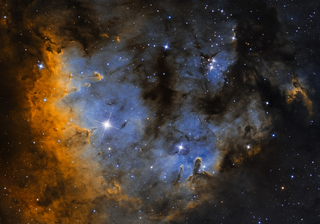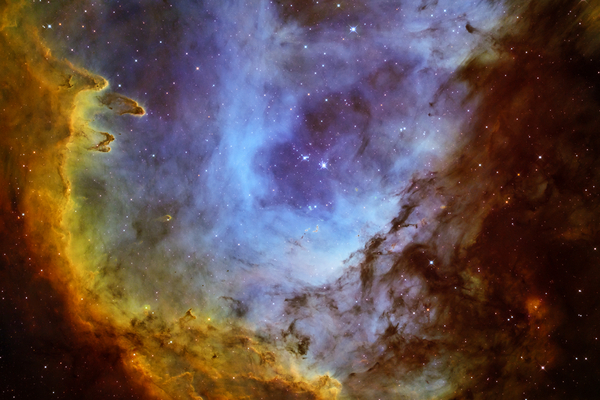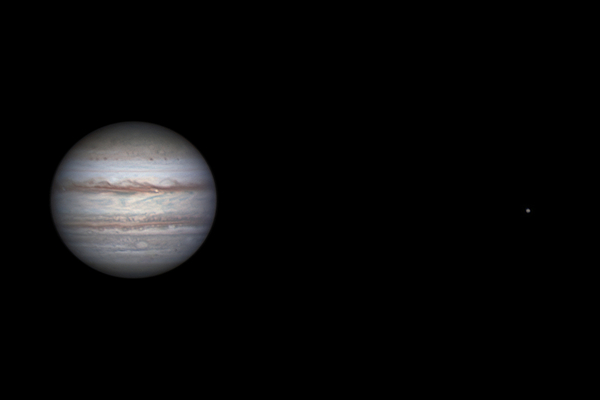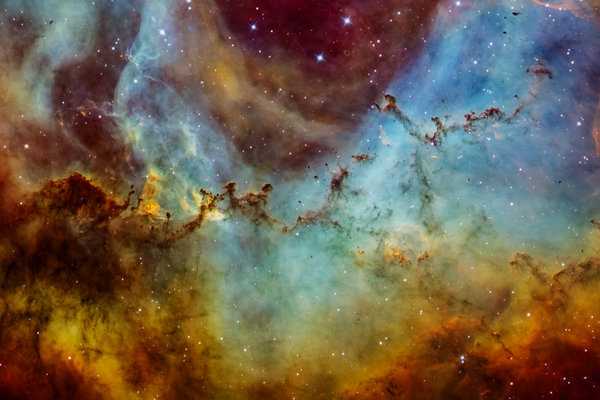Picture of the Month - January 2021 - Cederblad 214
Interesting shapes and mysterious details captured on this wonderful image by Bence Tóth
A wonderful and special astrophotography image each month by Hungarian astrophotographers.
An usual nebula with special shapes
The Cederblad 214 Nebula Complex is one of the Milky Way's familiar star-forming areas. The young, few-million years old phenomenon is in the direction of the Cepheus constellation, at a distance of 800-1000 parsecs (3-3.5 thousand light-years) from the Earth, and it is illumanted and transformed into its present form by the Berkeley 59 star cluster. However, Berkeley 59 is just a second-generation cluster, that was preceded by a star-forming process roughly 5 million years ago. It is interesting to capture because amazingly unique and characteristic formations can be seen in long-exposure shots.
When the weather conditions are unfavourable
Despite the bad autumn and winter weather, which was often completely overcast for weeks, Bence Tóth set out to capture this area.
I’ve wanted to capture this area for a long time because it promised to be very interesting with narrowband filters, like the ones Hubble Space Telescope uses. I’ve almost given it up this season, but in the evenings it was still high enough for a few hours, so in 5 nights, when there was a small break between the clouds, I finally gathered the necessary 26 hours of exposure time. Unfortunately, some of the raw pictures weren’t taken under a very good sky, but the characteristic columnar shapes of the nebulae began to emerge nicely, and the whole star-forming region appeared. The dust nebulae are particularly faint, so they required special attention, as there are many beautiful details hidden there, that can be shown.
Rotating pillars
An especially interesting part of this photo is the twisting gas pillar. Astronomers have discovered that bright, yellowish protrusions so called globules emerge from the surrounding gas clouds during the development of nebulae, elongate along their longitudinal axis, and take on a finger-like shape. In most cases these gas columns point in the direction of the central star. They slowly compress, meanwhile new stars are forming in them. Some columns may twist, thus, the gas filaments can take on a spiral shape. A nice example of this can be seen in the protrusion under the bright star on the right. Such fine details can rarely be seen in an amateur astrophoto.
Bence Tóth





